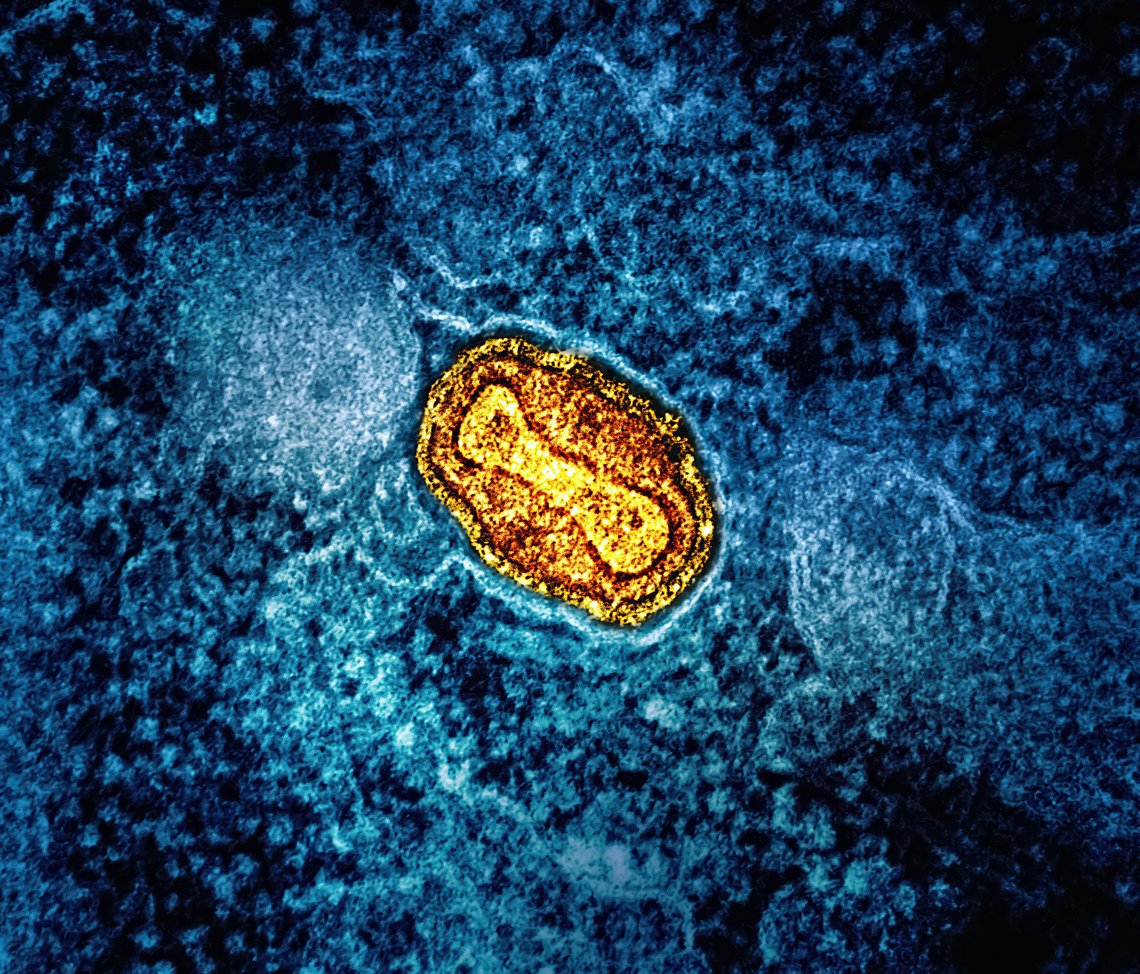Mitochondria – More Than Just a Throwback to School(…and why you should care about them now)
Most of what we learn from the school curriculum? Utterly useless. Let’s be honest – no one’s sitting at their desk crunching algebra or referring to a textbook on oxbow lakes when making real-life decisions. Pythagoras? Great if you’re into triangles or arguing with people in comment sections, but otherwise… not exactly useful. But – and there is a but – I did a biology poster presentation back in the early '90s with my old mate David Brady. The topic? Mitochondria. Back then, it was just another box-ticking school project. But now, all these years later, it’s come back around in a totally different way. Because it turns out those weird little blobs floating in your cells that no one really cared about are actually kind of a big deal. Especially if you’re into health, vitality, cold dips, saunas, breathwork, or just not feeling knackered all the time.

Posted on Sat 17 May 2025 · by Danny
Let’s get into it.
What even are mitochondria?
Mitochondria are the powerhouses of your cells. That line might ring a faint school bell, but here’s what it actually means.
They’re tiny engines inside your cells that take glucose (sugar) and oxygen and turn them into ATP – adenosine triphosphate – which is the actual fuel your body runs on. No ATP = no energy. And no energy = you feel like a sack of tatties.
In simple terms: if your mitochondria are firing on all cylinders, so are you. If they’re tired and sluggish, you will be too.
Why should you care?
Because how well your mitochondria function determines how much energy you have, how warm you can stay, how well your metabolism works, and even how long you might live. We’re talking deep biological basics here – not just "wellness fluff".
And here’s the kicker: you can actually do things to improve the function of your mitochondria. You’re not stuck with the ones you’ve got in their current state. They can be supported, cleaned up, and multiplied.
How do we look after them?
Let’s keep this practical. There are three big hitters when it comes to boosting mitochondrial health.
1. Cold water immersion and brown fat
When you cold dip regularly, your body starts to produce more brown fat – a special type of fat that’s rich in mitochondria. Unlike regular fat, brown fat burns energy to keep you warm. So the more brown fat you have, the more energy you burn and the warmer you stay.
More brown fat = more mitochondria = better energy and heat regulation.
2. Sauna and exercise – mitochondrial spring cleaning
This is where things get properly clever.
Both heat and movement trigger a process called autophagy – your body’s natural clean-up system. In this case, we’re particularly interested in:
Mitophagy: clearing out the old, damaged, and inefficient mitochondria
Biogenesis: creating brand new mitochondria
This is how you maintain mitochondrial quality and quantity. Think of it like servicing your car: flushing out the gunk, topping up the fluids, swapping in new parts. You come out running smoother.
3. Antioxidants – the cleanup crew
Every time mitochondria produce energy, they also produce waste – specifically free radicals. These are unstable molecules that, left unchecked, cause damage to cells and accelerate ageing.
Antioxidants help mop up these free radicals. You get antioxidants from fresh fruit and veg (think berries, leafy greens), from being out in fresh air, and from reducing stress levels.
It’s all part of the bigger picture. You wouldn’t leave rubbish piled up in your kitchen – same logic applies inside your body.
The random but brilliant bit
Here’s a fun fact for your next cold dip chat: all of your mitochondria came from your mum. They’re passed down through the maternal line only. Your dad had mitochondria, of course – but none of his made it into you. So you’ve got your mum to thank for your energy production system.
In short:
You don’t need a biology degree to care about mitochondria. You just need to know they’re what keep you alive, warm, energised, and thriving.
And the next time you’re up to your neck in cold water, sweating it out in a sauna, or just breathing deeply under the trees – remember, you’re not just chasing a vibe. You’re looking after your cellular engines.
Thanks David Brady – turns out we were ahead of our time.
Summery
Our cell’s power factories
They convert the nutrition we eat into a form of energy our cells use, ATP – or adenosine triphosphate.
Mitochondria have their own DNA, and to meet the additional energy demand by exercise, cold or heat exposure, they multiply, increasing the number of mitochondria per cell.
Immersing yourself in as little as 11 mins of cold water a week is enough to build resilience and increase mitochondrial biogenesis.